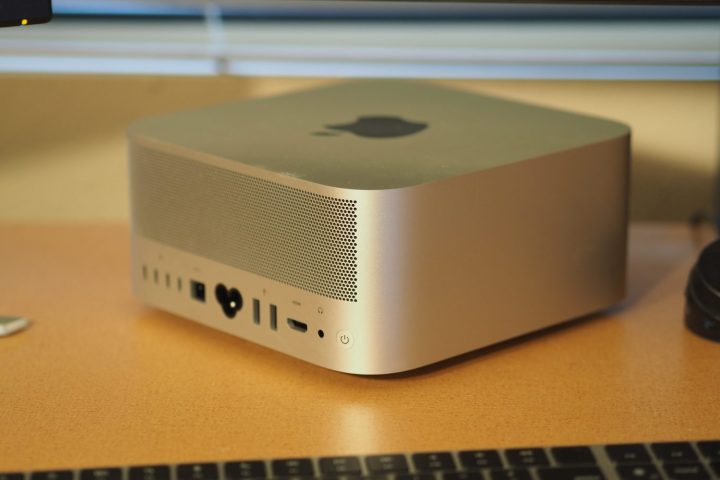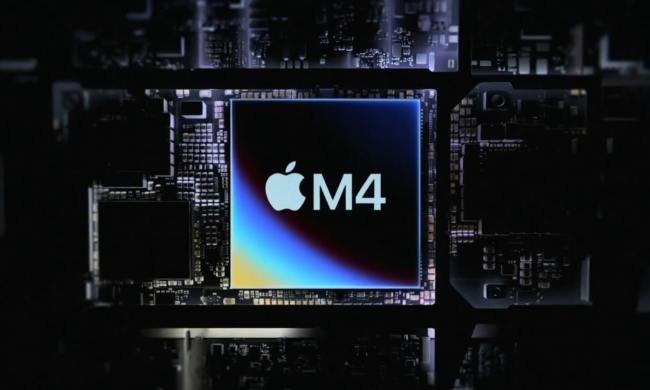
There’s one M3 chip left to complete the rollout of Apple’s latest line of Mac chips — the M3 Ultra. It’ll likely get announced at Apple’s Worldwide Developers Conference (WWDC), but some new rumors are pointing to a very different chip than the M2 Ultra or M1 Ultra.
A new post on X from Apple commentator and YouTuber Vadim Yuryev indicates that the M3 Ultra will be designed as a completely standalone chip, rather than two M3 Max chips stitched together.
Apple's in the process of restructuring their Apple Silicon lineup. M3 Max no longer comes with the UltraFusion interconnect (see image)
This means that the M3 Ultra chip will be redesigned as its own standalone chip, no longer being made up of 2x Max dies.
What this means:
1.… pic.twitter.com/o4J2hpEGaI
— Vadim Yuryev (@VadimYuryev) March 27, 2024
The idea isn’t based on insider information, but is instead an extrapolation from the design of the M3 Max, which is featured in the MacBook Pro. Apple has never officially commented on the design, but based on a photo posted by Wccftech, the current M3 Max doesn’t appear to use UltraFusion interconnect. That’s a big deal on its own.
The effect on the forthcoming M3 Ultra, though, is where things get even more interesting. According to Vadim’s hypothesis, this will allow the M3 Ultra to be a more proper desktop chip. For example, the M3 Ultra might not need Efficiency cores and could perhaps have more Performance and GPU cores give that it’s no longer being restricted by the M3 Max. The end result would be better performance scaling up from the base M3 than in previous generations.
But wait, it doesn’t stop there.
Vadim extrapolates further, suggesting that an even larger M3 Extreme chip is in the works, which would be made out of two M3 Ultra dies. This, in theory, would be a much more efficient way to scale up performance than stitching four M3 Max chips together. Vadim notes that this would allow Apple to connect larger amounts of memory and scale up the integrated GPU to be “neck and neck with Nvidia’ flagship desktop GPUs.” That’s quite a claim.
If this chip really came out, I would presume that it would be reserved solely for the Mac Pro. Right now, the Mac Studio and Mac Pro use the same chips, which is unfortunate.
This isn’t the first time we’ve heard of the “Extreme” chip, of course. The M2 Extreme had been rumored in 2022, but the chip was reportedly canceled.

Vadim admits that the debut of the first Extreme chip could end up skipping another generation and not coming out until the M4 line is launched.
The latest reports indicate that the M4 chip may not launch until early 2025, leaving the rest of this year relatively empty for Mac releases. It certainly seems possible that Apple could launch the M3 Ultra at WWDC and the M3 Extreme this fall on an updated Mac Pro. Then again, it seems as if Apple will be far more concentrated on AI at WWDC this year, so we’ll have to see if it has room in its announcements for a relatively niche, high-end desktop chip.
That, of course, is all baseless speculation as of now.
But Vadim’s analysis is certainly intriguing and makes sense based on the design of the M3 Max. We’ll have to wait and see to confirm these assumptions about the M3 Ultra.


